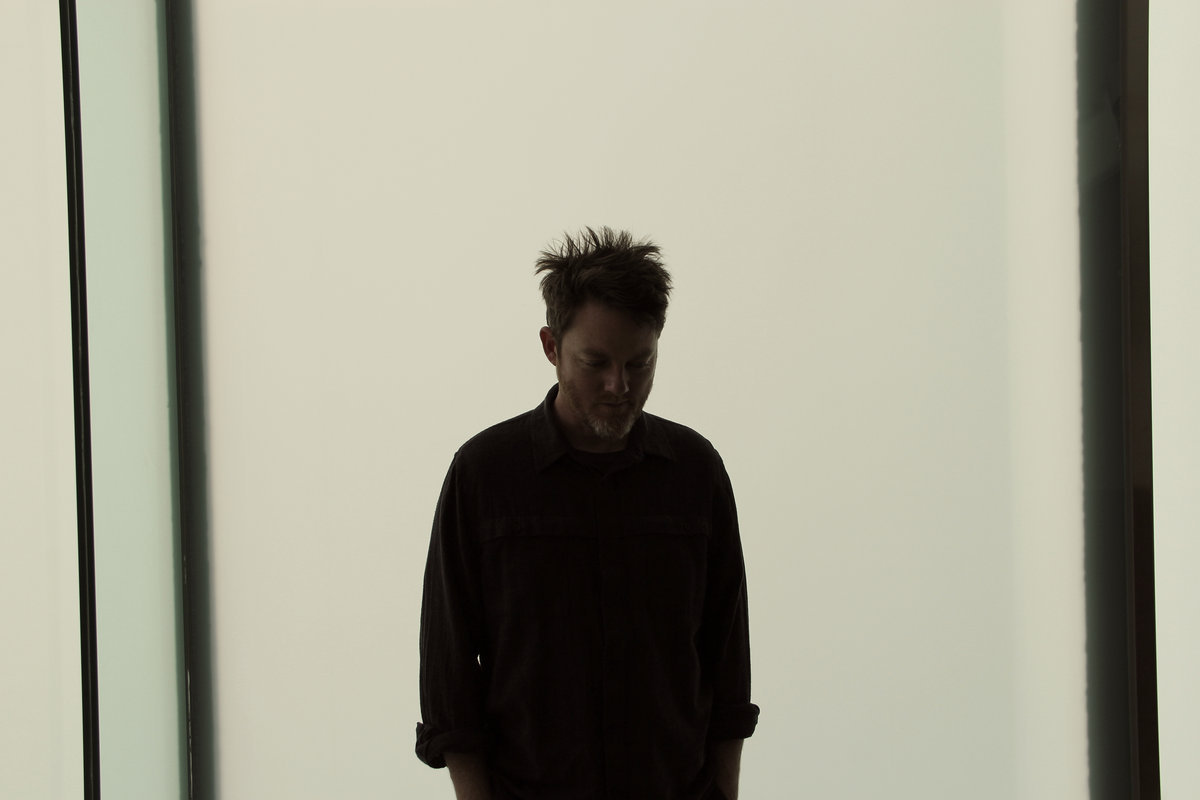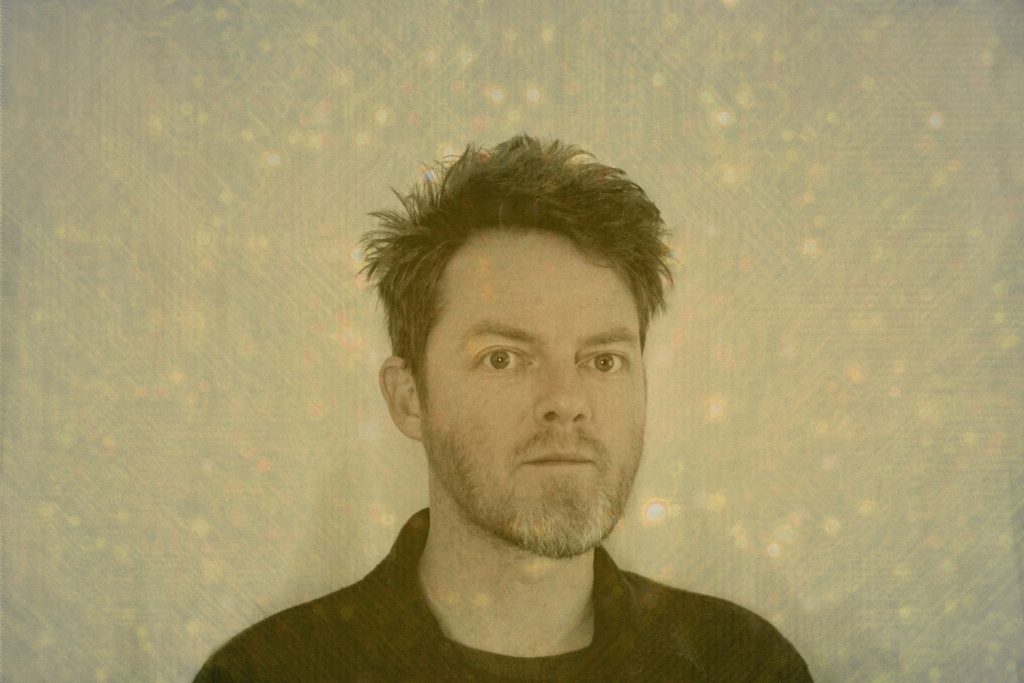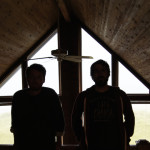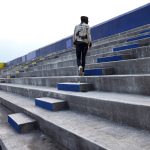Rather than let a debilitating level of arm and shoulder pain get in the way of his latest Eluvium LP, Matthew Cooper found a way to meld traditional melodies with electronic flourishes and ragged algorithms. Not to mention appearances by members of the American Contemporary Music Ensemble (better known as ACME), Golden Retriever and the Budapest Scoring Orchestra.
In the following exclusive feature, Cooper takes a long, in-depth look in the mirror and reveals the musical and conceptual roots of the entire record, from singing resonators to the eternal struggle between man and machine — something that’s hit new heights in recent years, for better or for worse….
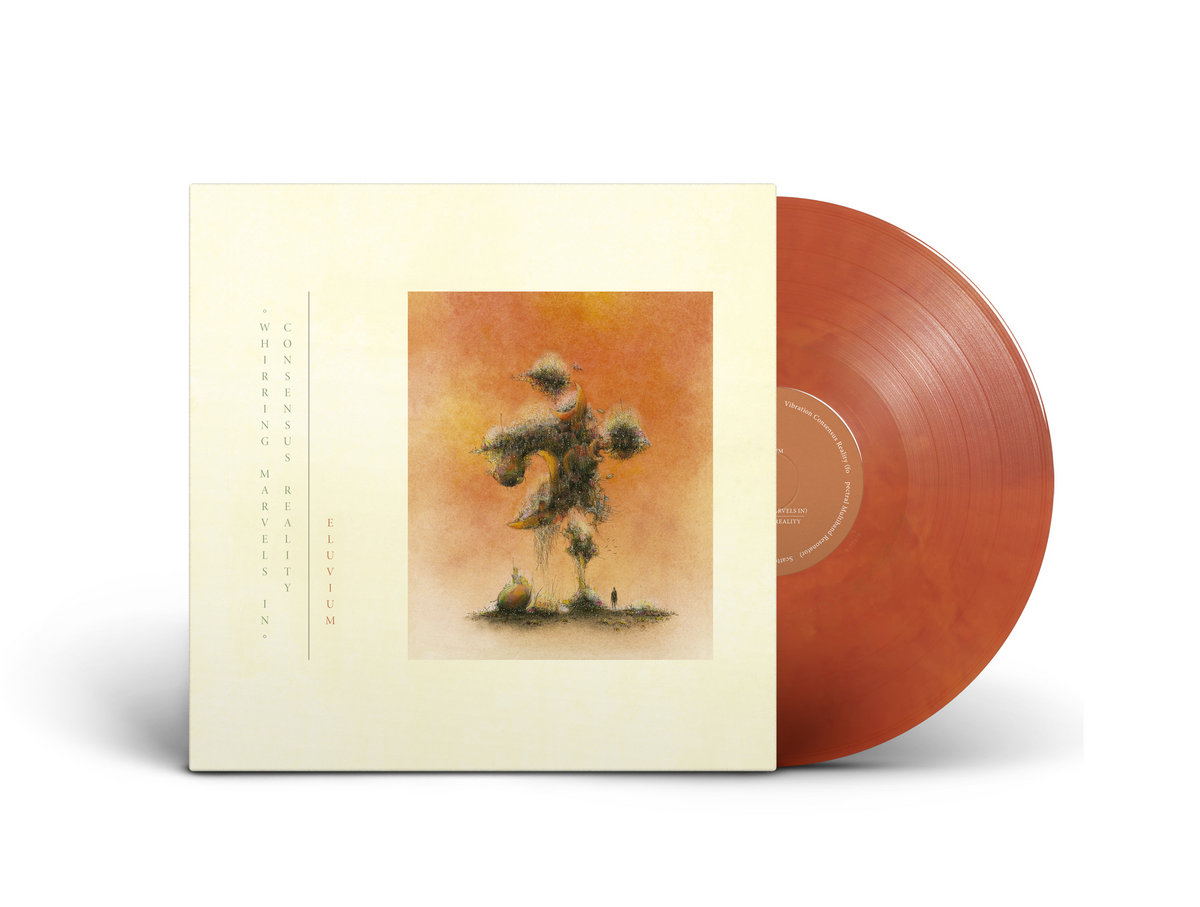
“Escapement”
An escapement is a mechanism in a timepiece that catches and releases at a set amount in order to mark time passing. I was attracted to employing this theme of the machinery that marks our personal slow march towards decay and considered the clock as an early form of robotics.
An escapement is also the term used for a mechanism in a piano that pulls the hammer back into place after it hits the string. Thematically, it was nice that the term also referenced the keyboard — at which so much of my writing is done.
Yet with this album, I would have to somewhat leave this method of writing behind in search of other forms of composition. Allowing myself to open up to more modern musical technology and compositional methods in order to navigate my own body showing its own signs of time…. Specifically the slow and frustrating healing of a shoulder injury.
“Swift Automatons”
This music is meant to offer a snapshot of an ever-continuous speeding up of the automation and machinations of things from post-birth of the clock to now and beyond, the many mutations of the robotic, and the effect it has on us and perhaps our evolution. I like to think of it as a sort of “industrial revolution” theme.
Many layers of violin parts had to be recorded to get this piece to work which I reinforced with synths and pianos to get things as pointed and quickly shifting as possible. Ben Russell was kind enough to indulge trying to make it happen and I’m incredibly thankful for his patience and agility and energy.
“Vibration Consensus Reality
(for Spectral Multiband Resonator)”
This was probably the first piece of music written for the album and perhaps the center from which everything else was built. The music was written freehand around the “singing” of a particular resonator I was working with at the time.
Ben Russell returns with the violin parts and Ben Shafer on horn duties. At the very end, you can hear the violinist catching his breath from the performance of the final passage. I’d cut it from the violin part and scooted it further down the recording to be deleted but ultimately forgotten to pull it out of the recording while mixing it.
When I heard it again it surprised me and I decided it conveyed something special and human and decided to keep it in. I half-joked with Ben about crediting him with “breathing” on the record, which he thought was a funny thing to be credited for.
It is quite possibly my favorite piece of music I’ve ever written. The resonator singing makes me think of the HAL9000 a little bit, but I consider the music around it to be very human and emotive, and in that way it feels like a gentle duet between human and machine.
“Scatterbrains”
The title of this piece is meant to be suggestive of a mass inability to think straight brought on by an unending consumption of media and information. A miasma of varying thoughts that don’t quite tie together in any sensible manner.
Its origins actually come from visits to a shelter of trees on the edge of a precipice that I visit regularly with my dog. There are eagles usually nesting there and the wind howls through it often. The wind is such a peaceful presence and I’ve thought of how it feels as though it takes my thoughts away and scatters them out across the land below, leaving me mindless and at rest.
The music is a mixture of these two considerations. Jonathan Sielaff was kind enough to perform the bass clarinet solo for this recording. He brought a beautiful touch to it.
“Phantasia Telephonics”
The first half of this piece was written using somewhat traditional synthesizer and sequencer techniques and automation, and applying similar methods to the piano. The second half was written with a focus on the Make Noise René (named after René Descartes, a philosopher who is known for his “mind / body problem”, which is reflected in the device’s “Cartesian” mapping of a sequencer). The outgoing sequence was run through a shifting tape delay to create a reflection of itself which is scattered, shattered, and refracted.
By design, this is the only track on the album performed entirely by synthesized and virtual instrumentation. (There are no orchestral instruments implemented.) It might perhaps seem an odd thing to do (and may even be impossible to tell for many), but I wanted this to be a point in the album where reality becomes more disoriented (within its overarching technology / human narrative) and try to invite an internal discussion of what is real / not real, important / unimportant in a creative experience. And what that, in turn, meant to me (and possibly other listeners).
Choosing to keep it entirely synthesized instrumentation seemed like an interesting way to implement this. The track was also a compositional turning point for what methods were being employed in writing the album due to the physical constraints I had been experiencing with my left shoulder and arm. So in some ways, I think I wanted to pay homage to this.
I’m not sure if it was purely for self-satisfaction or some form of intentional personal bemusement, but initially I did not intend to tell anyone about this. Instilling purposeful quiet brokenness, perhaps?
“I’m naturally drawn towards
working things until they tie together
in strange, unique ways”
I wanted this album to have a lot of conceptual and mechanical push and pull and blending between what we deem “technology” and what we would consider more “human”. Or perhaps simply “natural”, or even “reality”. This piece is meant to act as a bit of a doorway towards this breaking point, narratively speaking. Whereas the tracks that came before are suggestive of a more rudimentary or primitive mechanical world (and our harnessing of those mechanics), this track leans towards things starting to be a bit more confusing.
At least, this is what I tell myself. I really don’t know if any of this matters or translates to the listener. I just do it because I enjoy puzzling out things like this and searching for ways that make all these parts come together into a particular form and narrative. I’m naturally drawn towards working things until they tie together in strange, unique ways and complete a specific narrative. It probably makes things more complex than they need to be, but the mixture seems to stimulate a pleasing variety of thoughts.
“The Violet Light”
Ben Russell appears again here to beautifully translate the violin lines. I think this piece was, in part, originally a sketch for a film score I’d worked on. We’d ended up using something else instead. Then it kept popping back into my life, shuffling itself into randomized playlists on my computer. So I started messing with it and adding to it until it eventually morphed into this piece.
This title is a reference to the color of the sky in T.S. Eliot’s The Waste Land. The “violet hour” is the sun setting and most would suggest a poetic representation of fading away. To me, this imagery inspired thoughts of not just an individual growing old, but also perhaps humanity itself.
“Void Manifest”
The main musical theme from “Void Manifest” had been a work in progress for quite a while, but it just felt like something that no matter how much it was worked on just wasn’t fitting into the musical or narrative world of this album. I couldn’t figure out the missing thread until one day while out walking and listening I heard a secondary theme present itself to me in a repetitive syllabic motif.
It occurred to me this could be a voice. I began looking for language to use for the lyrical content and decided it would be interesting to algorithmically pull words from the years of notes of jumbled and scribbled down notions, ideas, theories and concepts that I had been considering while working on the album, which had become a bit of a maddening blend of sought after meanings, inspirations and various discourse.
Charlotte Mundy gracefully agreed to work with me to create the vocal recordings, which involved a mixture of singing and other noises. Her willingness and openness was a godsend, and her translation of the work made it truly come alive.
“Clockwork Fables”
This track is a return to musical phrases originally presented in “Phantasia Telephonics”. It was developed from meddling around with that theme and composed for player-piano. The title is a reference to my narrative suggestion from the beginning of the album being considered from a perspective of old stories from a long time ago… a melody for “old-timey stuff”.
“Mass Lossless Interbeing”
This piece originates from a sketch I created for a gallery installation. The interactive installation was a somewhat awkwardly held together and unique use of technology, presented in a manner to be interacted with one on one and allowing a space for the viewer to find tranquility within themselves.
It was later reconstructed for orchestra and electronics, and presented here as a representation of the wanting we tend to try to fulfill with technology. The title speaks to the concept of coding representing our connectedness with all things. A bit of a mixture of both purity in genuine emotion and tongue-in-cheek snake oil.
There is a tiny moment right at the end that I took from my sessions with Charlotte where she was making various vocal screams and screeches and noises and one of them sounded almost like an internet dial-up sound to me. It seemed like a nice touchstone to finish the piece.
“A Floating World Of Demons”
I have no idea why but I’ve always pictured giant robotic creatures and people working in harmony during a harvest across acres of farmland. A strange blend of the paintings of Jean Giraud and Jakub Ró?alski. The title is meant to suggest a dream-like world of immeasurable beauty and wonder, slowly being destroyed by its inhabitants. It is also a nod to a Carl Sagan book.
“Endless Flower”
“Endless Flower” is essentially a paean for the universe, intertwined with the beckoning of the human spirit. The orchestra is blended with layers of synths all playing the same lines together. The piano notes are performing inhumanly fast.
If you listen carefully you can hear Charlotte and I both screaming at the end. The piece is inspired by a deep yearning to forever push forward in search of a source of our indescribable feelings that resonate within all of us. A glimpse of our harnessing of technology (with its inherent risks) in this search. A song for a never-ending love affair with life itself, no matter how strange.
